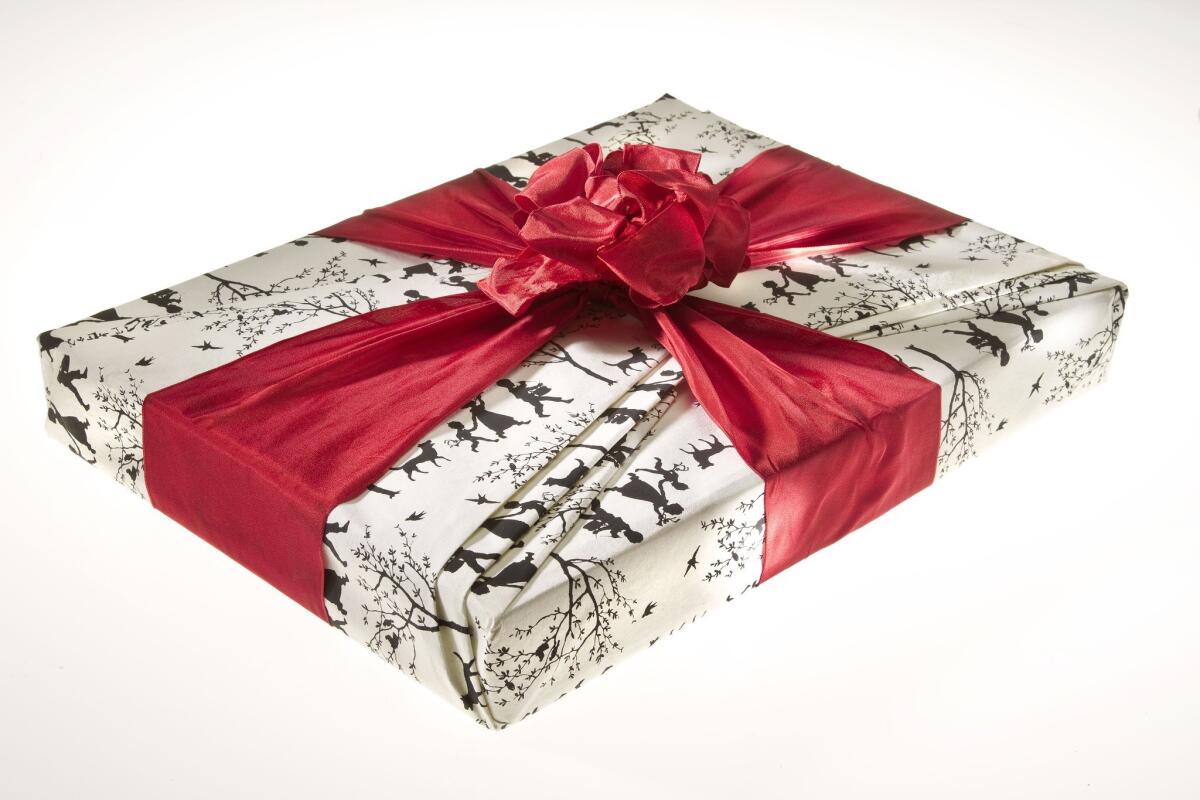A Word, Please: A gift guide for the language lovers in your life

Like compact discs, cameras, wall calendars and movies on DVD, books used to be great gifts. Then Silicon Valley figured out how to cram them all into a single pocket-sized device, leaving gift-givers, not to mention retailers, in a bind (pun intended).
But if you have a language lover or aspiring writer on your list, all is not lost. Unlike the page-turner novels and Washington tell-alls that are so delightfully devourable in a digital format, language books are better in physical form.
The reason: They’re not just books to read. They’re books to reference. A physical copy on the shelf means your giftee can pick it up and easily flip to any subject they want to revisit. Plus, it’s a great reason to give some business to your struggling local bookstore.
Here are my picks for best books for word lovers.
Garner’s Modern American Usage or Merriam-Webster’s Dictionary of English Usage. These books look like dictionaries, but they’re so much more. Usage guides, as they’re called, are alphabetical lists not of word definitions but of language issues — the stuff logophiles wonder about and argue about.
For example, turn to the Fs in Garner’s and you’ll find an entry for “flounder, founder,” where you’ll read: “Both verbs signal failure, but the literal senses — and therefore the images conveyed metaphorically — differ. To ‘flounder’ is to struggle and plunge, as if in mud. … To ‘founder’ is to go lame, fall down … or give way.”
Pretty much every usage issue you’ve puzzled over can be found in a usage guide: lay and lie, that and which, compare with and compare to. Grammar issues are covered, too.
For example, flip to the Cs in Garner’s and, under the entry for “concord,” you’ll learn why it’s correct to say “It is I who am here” and not “It is I who is here.” That’s pure gold for the word lover on your list.
June Casagrande offers a timely holiday primer on when and when not to use apostrophes.
“Dreyer’s English: An Utterly Correct Guide to Clarity and Style,” by Random House copy desk chief Benjamin Dreyer, rocketed onto the New York Times bestseller list for a reason: It’s fun and informative at the same time.
Your recipient will learn about practical matters like how to use apostrophes, and she’ll read up on grammar myths like the supposed prohibition against starting a sentence with “and” — all served with a side of witty ruminations from a language expert whose love of the subject is infectious.
“Greek to Me: Adventures of the Comma Queen.” The second book by former New Yorker copy editor Mary Norris reads like a love letter to the ancient language and land of Greece. History, geography and linguistics come together in this travelogue through a mind fellow language buffs will find beautiful indeed.
“Bad Advice: The Most Unreliable Counsel Available on Grammar, Usage, and Writing,” by John McIntyre. Copy editors make the best language commentators because, quite frankly, they’ve had it up to here with errors.
But even more so, they’ve had it up to here with people criticizing errors that are not, in fact, errors. McIntyre, the Baltimore Sun’s reigning copy editor, refashions language liberation into a gentlemanly blood sport in this fun stocking-stuffer-sized guide to all the grammar rules your giftee learned wrong.
The Associated Press Stylebook. Know someone whose job includes some writing, be it press releases or web content or business correspondence? This book should probably be on their desk. It’s the official publication manual of the Associated Press, but it’s also used far and wide by media outlets and business writers.
Thumb through the easy, alphabetized paperback to learn there are periods in U.S. but not in USA, how to form possessives including difficult possessives like “Joe and Betty’s house” and “Joe’s and Betty’s cars,” and how to use commonly confused terms like “lay” and “lie.”
If the wordsmith in your life aspires to work in book publishing, consider instead the pricier Chicago Manual of Style. But because Chicago contains lots of information irrelevant to writers, AP is more practical for most.
June Casagrande is the author of “The Joy of Syntax: A Simple Guide to All the Grammar You Know You Should Know.” She can be reached at [email protected].
All the latest on Orange County from Orange County.
Get our free TimesOC newsletter.
You may occasionally receive promotional content from the Daily Pilot.




